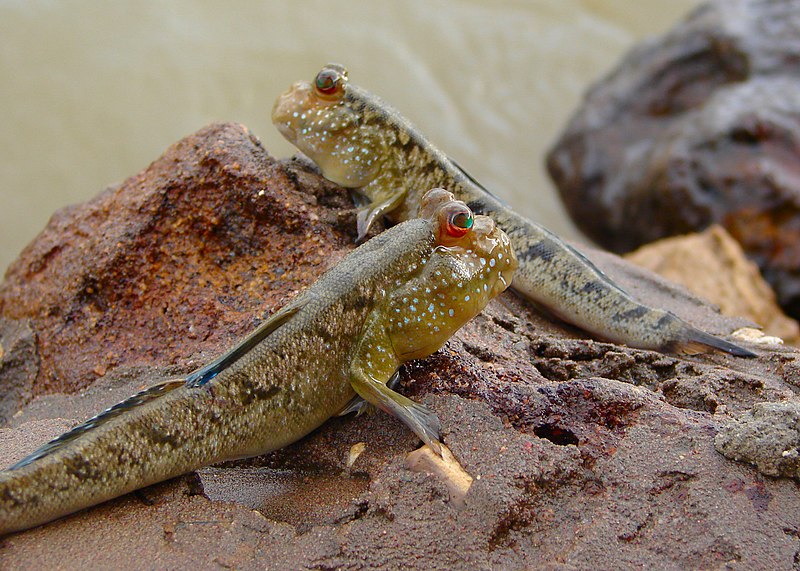Common Name: Lion Fish
Scientific Name:Pterois
Adaptations: Have poisonous spines used for defense against predators
Hunting Strategies: They do not use their spines for hunting, only for defense. They hunt just like any other fish.
Reproduction:Females release two mucus-filled egg clusters frequently, which can contain as many as 15,000 eggs.
Interesting facts: Bigger Lion Fish may be cannibalistic
Why I chose it: I chose the Lion Fish because it looks cool
Sunday, March 17, 2013
Sea Grass
Sea grass provides food for many organisms in the through its detritus and leaves. Residents of sea grass ecosystems live in the sea grass while migrants and travelers only visit sea grass ecosystems occasionally.
5 Benefits of Sea Grasses
1. Sea Grasses provide detritus for animals to eat.
2. Sea Grasses act as a nursery for coral reef animals.
3. Sea Grasses clean the water.
4. Sea Grasses are a food source for many animals.
5. Sea Grasses house many types of fish.
2. Sea Grasses act as a nursery for coral reef animals.
3. Sea Grasses clean the water.
4. Sea Grasses are a food source for many animals.
5. Sea Grasses house many types of fish.
Sunday, March 3, 2013
Plastics in the Sea
Monofilament:
Entanglement:
Plastic Bags:
Ghost fishing:
Plastic Pellets:
All of these plastics in the ocean cause problems for marine life. Human plastic waste in the ocean either traps, chokes or suffocates the marine animals that come in contact with them.
Marine Issue
The BP oil spill has caused much damage to the gulf coast.
This video shows how the spilled oil coats the sea floor, preventing many animals from getting the nutrients they need to survive. I give this video a 4/5 because it could say more about the effects on animals that dont feed of of the bottom of the sea.
Importance of Mangroves
Mangroves are important for many reasons:
Nursery: Mangroves provide a home for baby fish to stay protected from predators in
Nutrients: Mangroves provide nutrients to the surrounding animals
Sediment: Mangrove sediments are filled with nutrients and detritus that many animals feed on
Toxins: Mangrove roots help filter the water to remove toxins
Buffer system: Mangroves are a buffer zone between tsunamis and towns
Ecosystem corridor: Mangroves connect land animals and sea animals
Nursery: Mangroves provide a home for baby fish to stay protected from predators in
Nutrients: Mangroves provide nutrients to the surrounding animals
Sediment: Mangrove sediments are filled with nutrients and detritus that many animals feed on
Toxins: Mangrove roots help filter the water to remove toxins
Buffer system: Mangroves are a buffer zone between tsunamis and towns
Ecosystem corridor: Mangroves connect land animals and sea animals
Mudskippers
Scientific Name:Periophthalmus argentilineatus
Common Name: Mudskipper
Habitat: Muddy waters of Mangroves
Reproduction: Burrow into the mud to lay eggs
Prey: Crabs and insects
Interesting Facts: Can breathe through their skin
Can live on land and in water
Can walk on land with their fins
Why I chose it: I chose the Mudskipper because they seem really interesting.
Common Name: Mudskipper
Habitat: Muddy waters of Mangroves
Reproduction: Burrow into the mud to lay eggs
Prey: Crabs and insects
Interesting Facts: Can breathe through their skin
Can live on land and in water
Can walk on land with their fins
Why I chose it: I chose the Mudskipper because they seem really interesting.
Subscribe to:
Posts (Atom)










.jpg)

